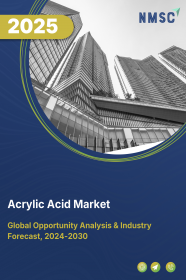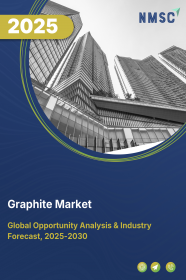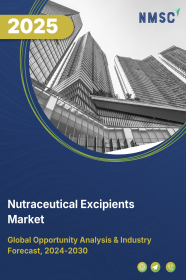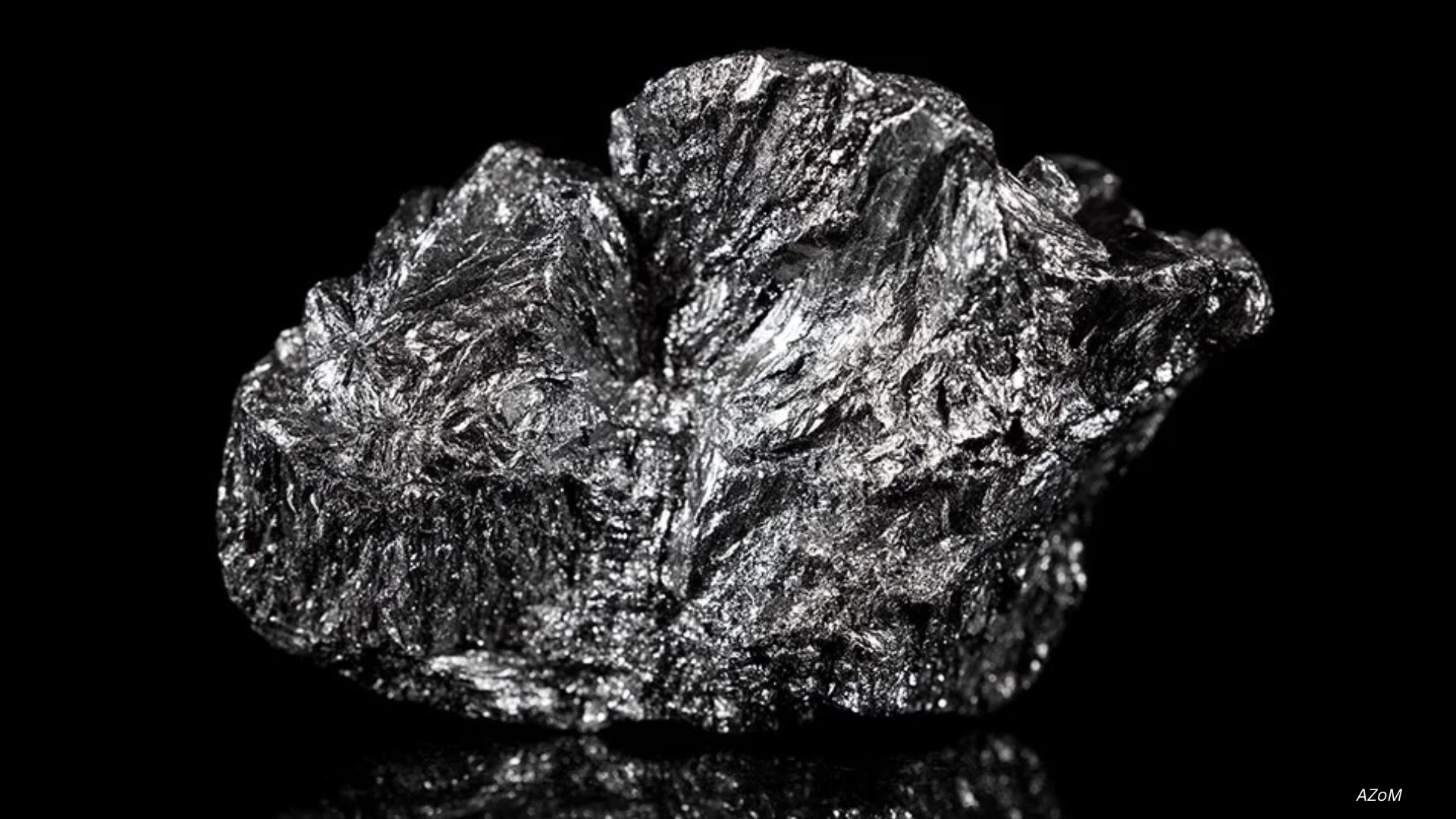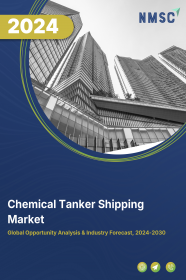
Chemical Tanker Shipping Market by Product (Organic Chemicals, Inorganic Chemicals, Vegetable Oil & Fats, and Others), by Shipment Route (Inland, Coastal, and Deep Sea), by Cargo Type (IMO I, IMO II, and IMO III), and by Fleet Material (Stainless Steel, Coated, and Epoxy)- Global Opportunity Analysis and Industry Forecast 2022-2030
Market Definition:
The Chemical Tanker Shipping Market size was valued at USD 30.32 billion in 2021 and is predicted to reach USD 44.86 billion by 2030 with a CAGR of 4.3% from 2022-2030.
Chemical tankers are cargo ships that are exclusively designed for transporting liquid chemicals in bulk. These tankers are mainly used to transport vegetable oil, organic oil, and others chemicals. This needs certain preventive measures such as use of towing-off wires and keeping of portable fire extinguishers to carry & ship these chemicals from one place to another.
Chemical tankers are required to comply with several safety aspects such as International Bulk Chemical Code (IBC Code). IBC contains requirements for the carriage of dangerous chemicals and noxious liquid substances in bulk by sea. There are three types of chemical tankers with three different IBC codes that are ST1, ST2, and ST3. In addition, ST1 tankers transport flammable or toxic hazardous chemicals. Whereas, ST2 and ST3 tankers are required to transport chemicals with moderate pollution levels.
Market Dynamics and Trends
The demand for chemical tanker shipping has been increasing due to excessive shipping of chemicals worldwide and growing consumers’ concerns for oilseeds, vegetable oils, and nutritious food.
For instance, according to the U.S. Department of Agriculture (USDA), soybeans were the leading type of oilseed in the world. In 2021-2022, almost 364 million metric tons of soybeans were produced across the globe. Also, rising demand for organic and essential chemicals that include alcohols, propene, acetic acid, and methanol which are further used as raw materials for manufacturing of plastics, dyes, perfume, adhesives, paint, and plywood drives the market growth.
Moreover, increase in adoption of advanced technologies such as permanent magnet shaft generators is also expected to propel the growth of the market, as these generator allows chemical tankers to source clean energy by eliminating emissions at the harbor on shore along with fuel saving.
However, unstable geopolitical issues, oil bunkering regulations coupled with high risk of transporting explosion hazards are factors expected to restrain the growth of the market during the forecast period. On the contrary, rising advancements by the introduction of electric oil tankers and methanol-fueled chemical tankers are estimated to create lucrative growth opportunities for the chemical tanker shipping market players in the future.
Market Segmentations and Scope of the Study
The chemical tanker shipping market size has been segmented based on product, shipment route, cargo type, fleet material, and geography. On the basis of product, the market is divided into organic chemicals, inorganic chemicals, vegetable oil & fats, and others. On the basis of shipment route, the market is classified into inland, coastal, and deep sea.
On the basis of cargo type, the market is grouped into IMO I, IMO II, and IMO III. On the basis of fleet material, the market is segmented into stainless steel, coated, and epoxy. The geography breakdown and analysis of each of the aforesaid segments includes regions comprising of North America, Europe, Asia-Pacific, and ROW.
Geographical Analysis
North America holds the lion share of the chemical tanker shipping market at present and is expected to continue dominating the market during the forecast period. This is attributed to factors such as the US being the second most exporter of high-capacity natural gas to the other parts of the world. For instance, according to U.S. Energy information administration (EIA), the US annual natural gas exports in 2021 were 6.65 trillion cubic feet, which is the highest on record.
In addition, increased usage of chemicals in the pharmaceutical industry fertilizers, insecticides, food additives, water treatment, and personal care products is further expected to drive the market growth. Moreover, laws and negotiations such as the North American Free Trade Agreement (NAFTA) in the USA exclude tariffs on export and import by the countries which eventually boosts the market growth.
On the other hand, Asia-Pacific is expected to witness a rapid rise in the chemical tanker shipping market, owing to fast development of the refining and petrochemical market and the rise in investments & budgets by the government. For instance, Asia-Pacific has the highest refinery capacity in the world with more than 35% share due to strong demand for petroleum and petrochemical products in China and India. China has close to 50% share in Asia’s active refinery capacity in 2022 with a capacity of 18,221 million barrels per day.
In addition, rapid increase in demand for palm oil, especially in India, China, and Pakistan by the exporting countries such as Malaysia and Indonesia boost the market for chemical tanker shipping in this region. For instance, in April 2022, the world’s largest palm oil importer India imported 207,362 tonnes of palm oil from Indonesia including 145,696 tonnes of RBD palm olein.
Competitive Landscape
The market comprises of various players such as Ace Tankers, MOL Chemical Tankers, Navig8 Chemical Tankers, HANSA Tankers, Stolt-Nielsen, The IINO Lines, Team Tankers, Seatrans Group, Fairfield Chemical Carriers, and PT BerlianLaju Tanker Tbk. These manufacturers are actively indulging in R&D initiatives, product & technology innovations, and industrial collaborations to enhance their products and increase their growth as well as geographical reach.
For instance, in June 2022, MOL collaborated with Nippon Concept Corporation (Nichicon) and established MOL Logistics which is a tanker container. This container will help in transportation in the North American region. It will provide innovative services to current customers as well as expand ties with potential customers through its 14 branches in the US.
Moreover, in March 2022, Hafnia sold its eight stainless steel vessels to Ace Tankers for USD 252 million is to be delivered by September of the same year. These stainless-steel vessels are very durable and offer relatively high resistance against rough materials. It has a longer life span than an ordinary tank and is not affected by any vulnerability.
Key Benefits
-
The chemical tanker shipping market report provides the quantitative analysis of the current market and estimations through 2022-2030 that assists in identifying the prevailing market opportunities to capitalize on.
-
The study comprises a deep dive analysis of the chemical tanker shipping market trend including the current and future trends for depicting the prevalent investment pockets in the market.
-
The information related to key drivers, restraints and opportunities and their impact on the chemical tanker shipping market is provided in the report.
-
The competitive analysis of the market players along with their market share in the chemical tanker shipping market
-
The SWOT analysis and Porters Five Forces model is elaborated in the study.
-
Value chain analysis in the market study provides a clear picture of the stakeholders’ roles.
Key Market Segments
By Product
-
Organic Chemicals
-
Inorganic Chemicals
-
Vegetable Oil & Fats
-
Others
By Shipment Route
-
Inland
-
Coastal
-
Deep Sea
By Cargo Type
-
IMO I
-
IMO II
-
IMO III
By Fleet Material
-
Stainless Steel
-
Coated
-
Epoxy
By Geography
-
North America
-
U.S
-
Canada
-
Mexico
-
-
Europe
-
UK
-
Germany
-
France
-
Spain
-
Italy
-
Netherlands
-
Denmark
-
Finland
-
Norway
-
Sweden
-
Russia
-
Rest of Europe
-
-
Asia-Pacific
-
China
-
Japan
-
India
-
Australia
-
South Korea
-
Thailand
-
Singapore
-
Rest of Asia-Pacific
-
-
RoW
-
Latin America
-
Middle East
-
Africa
-
Key Players
-
Ace Tankers
-
MOL Chemical Tankers
-
Navig8 Chemical Tankers
-
HANSA Tankers
-
Stolt-Nielsen
-
The IINO Lines
-
Team Tankers
-
Seatrans Group
-
Fairfield Chemical Carriers
-
PT BerlianLaju Tanker Tbk
REPORT SCOPE AND SEGMENTATION:
|
Parameters |
Details |
|
Analysis Period |
2021–2030 |
|
Base Year Considered |
2021 |
|
Forecast Period |
2022–2030 |
|
Market Size Estimation |
Billion (USD) |
|
Market Segmentation |
By Product (Organic Chemicals, Inorganic Chemicals, Vegetable Oil & Fats, and Others), by Shipment Route (Inland, Coastal, and Deep Sea), by Cargo Type (IMO I, IMO II, and IMO III), and by Fleet Material (Stainless Steel, Coated, and Epoxy) |
|
Geographical Segmentation |
North America (U.S., Canada, Mexico) Europe (UK, Germany, France, Spain, Italy, Netherlands, Denmark, Finland, Norway, Sweden, Russia, Rest of Europe), Asia-Pacific (China, India, Japan, South Korea, Australia, Thailand, Singapore, Rest of Asia-Pacific), Rest of the World (Latin America, Middle East, Africa) |
|
Companies Profiled |
Ace Tankers, MOL Chemical Tankers, Navig8 Chemical Tankers, HANSA Tankers, Stolt-Nielsen, The IINO Lines, Team Tankers, Seatrans Group, Fairfield Chemical Carriers, and PT BerlianLaju Tanker Tbk. |




















 Speak to Our Analyst
Speak to Our Analyst



